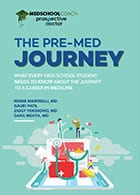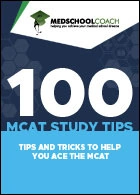
Table of Contents

Average MCAT Score: 499.7
Average GPA of Incoming Med Students: 3.51
MedSchoolCoach Competitiveness Rating: 0/100
Tuition: $48,000
Location: Hattiesburg, Mississippi
Student Enrollment (2023): 746
William Carey University College of Osteopathic Medicine (WCUCOM) uses an integrated curriculum and community-based training model. It offers unique programs for medical students, such as a Scholars Program, Global Health Track, Rural Health Track, and a Master’s program for International Health.
#2 — Arkansas College of Osteopathic Medicine
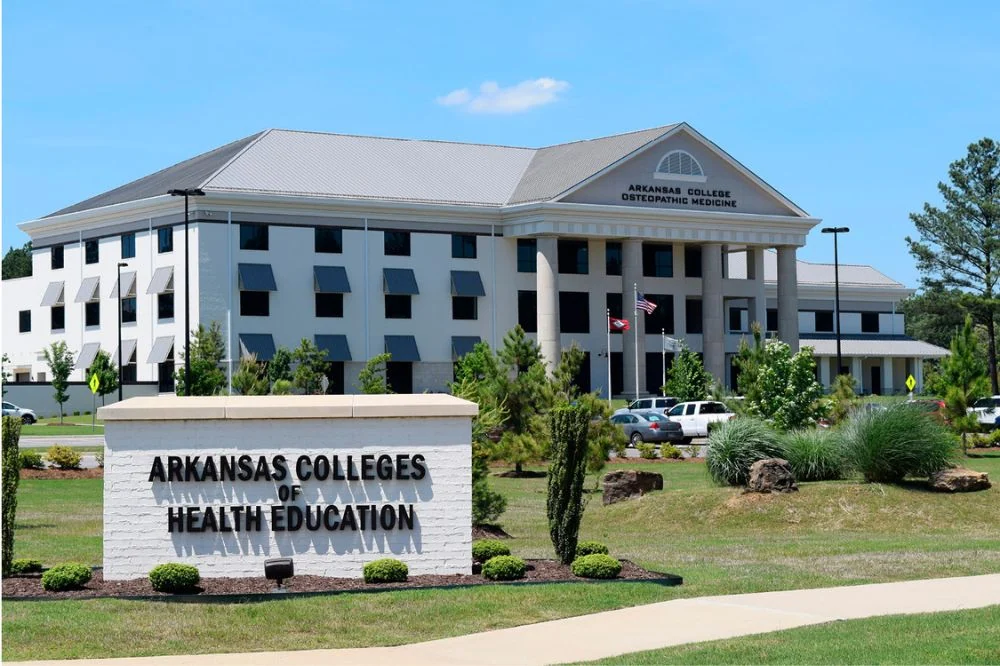
Average MCAT Score: 497.7
Average GPA of Incoming Med Students: 3.62
MedSchoolCoach Competitiveness Rating: 1/100
Tuition: $59,000
Location: Fort Smith, Arkansas
Student Enrollment (2023): 643
ARCOM prioritizes small class sizes for learning and evaluates applicants through a holistic admissions process. The school offers a few scholarships, and about 84% of enrolled med students have some form of financial aid.
#3 — University of Pikeville-Kentucky College of Osteopathic Medicine

Average MCAT Score: 502.6
Average GPA of Incoming Med Students: 3.54
MedSchoolCoach Competitiveness Rating: 1/100
Tuition: $55,380
Location: Pikeville, Kentucky
Student Enrollment (2023): 582
Kentucky College of Osteopathic Medicine (KYCOM) ranks second among all U.S. medical schools, both DO and MD programs, for the number of graduates entering primary care residencies.
The university is also among the top five most affordable private medical schools, thanks to what it calls the KYCOM Advantage, which provides students with necessary resources at no additional cost at the beginning of their education.
#4 — Lincoln Memorial University-DeBusk College of Osteopathic Medicine
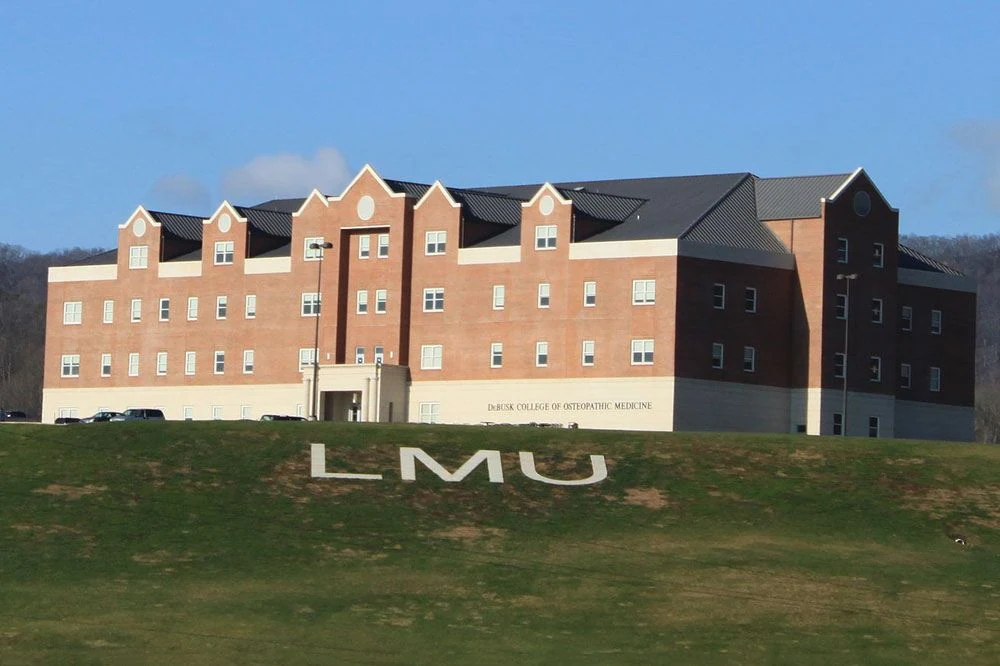
Average MCAT Score: 498.7
Average GPA of Incoming Med Students: 3.58
MedSchoolCoach Competitiveness Rating: 2/100
Tuition: $58,090
Location: Harrogate, Tennessee
Student Enrollment (2023): 1,647
In addition to its traditional osteopathic track, LMU-DCOM offers a unique dual DO/MBA degree program in which medical students gain a thorough understanding of business principles applicable to being a physician.
International students are also now eligible for acceptance at the university and may choose from short-term immersion programs or specialized programs.
#5 — Oklahoma State University Center for Health Sciences College of Osteopathic Medicine
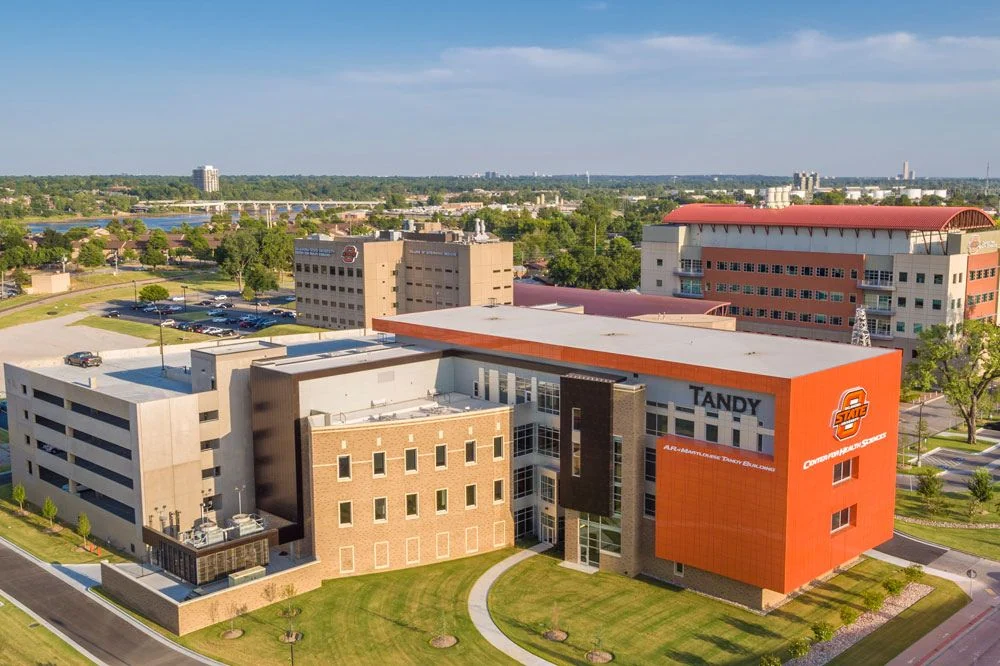
Average MCAT Score: 501.4
Average GPA of Incoming Med Students: 3.68
MedSchoolCoach Competitiveness Rating: 4/100
Tuition: $25,796
Location: Tulsa, Oklahoma
Student Enrollment (2023): 668
Along with the traditional curriculum, OSU-COM provides elective medical tracks focused on rural, tribal, and urban underserved areas in the third and fourth years. While the school prioritizes in-state residents, it is possible for out-of-state students to apply and be accepted at the medical university.
In fact, OSU-COM offers an out-of-state tuition waiver to admitted students from Arkansas, Kansas, and Missouri with a 500 MCAT score and a 3.5 minimum GPA.
#6 — Meharry Medical College
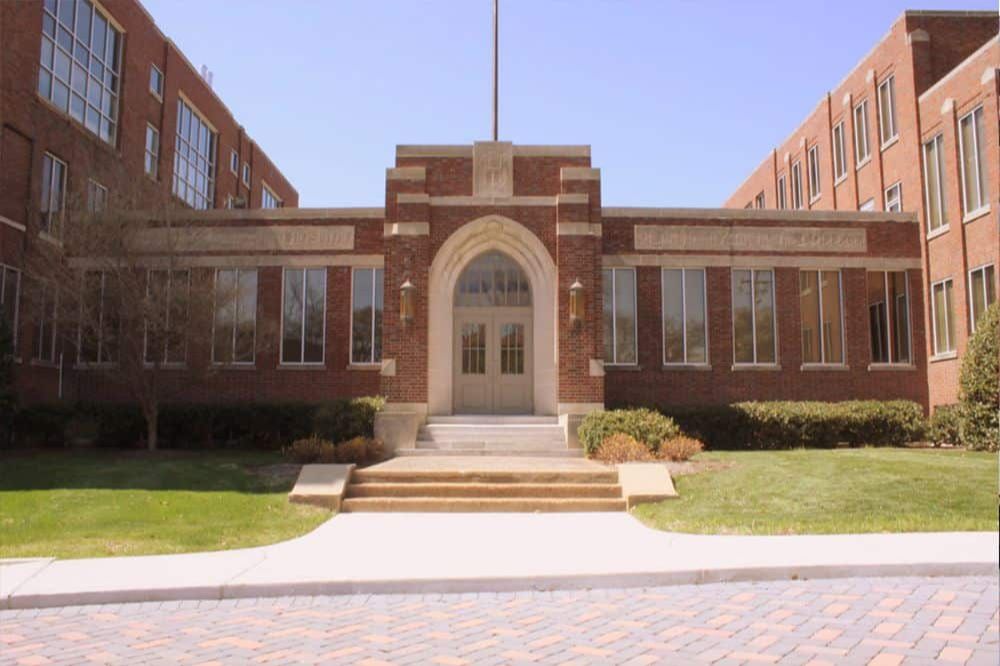
Average MCAT Score: 504
Average GPA of Incoming Med Students: 3.58
MedSchoolCoach Competitiveness Rating: 5/100
Tuition: $59,696 per year
Location: Nashville, Tennessee
Student Enrollment (2023): 499
Meherry ranks among our top-rated medical schools in the U.S. and is known for its holistic admissions process and recent philanthropic grant that waives tuition for most students. As one of the leading historically Black medical schools, it trains about 10% of all Black physicians in the U.S.
#7 — University of the Incarnate Word School of Osteopathic Medicine
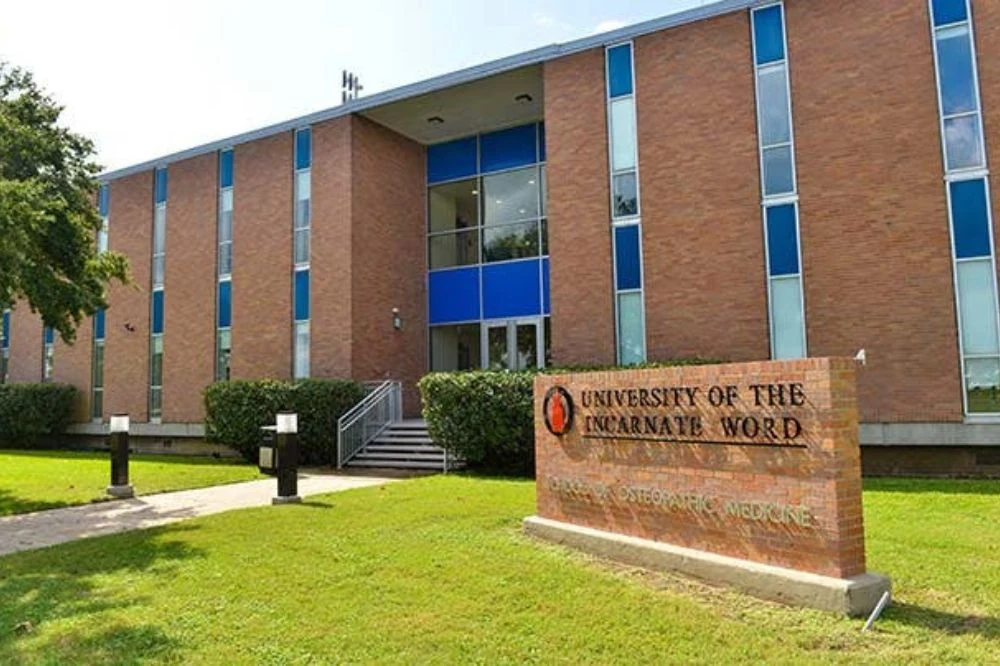
Average MCAT Score: 502.7
Average GPA of Incoming Med Students: 3.58
MedSchoolCoach Competitiveness Rating: 6/100
Tuition: $62,400
Location: San Antonio, Texas
Student Enrollment (2023): 626
UIWSOM uses a holistic review process for applicants, valuing both life experience and educational success when selecting new students. The DO program heavily emphasizes self-directed learning while utilizing both Small Group Interactive Sessions and Large Group Sessions.
#8 — Liberty University College of Osteopathic Medicine
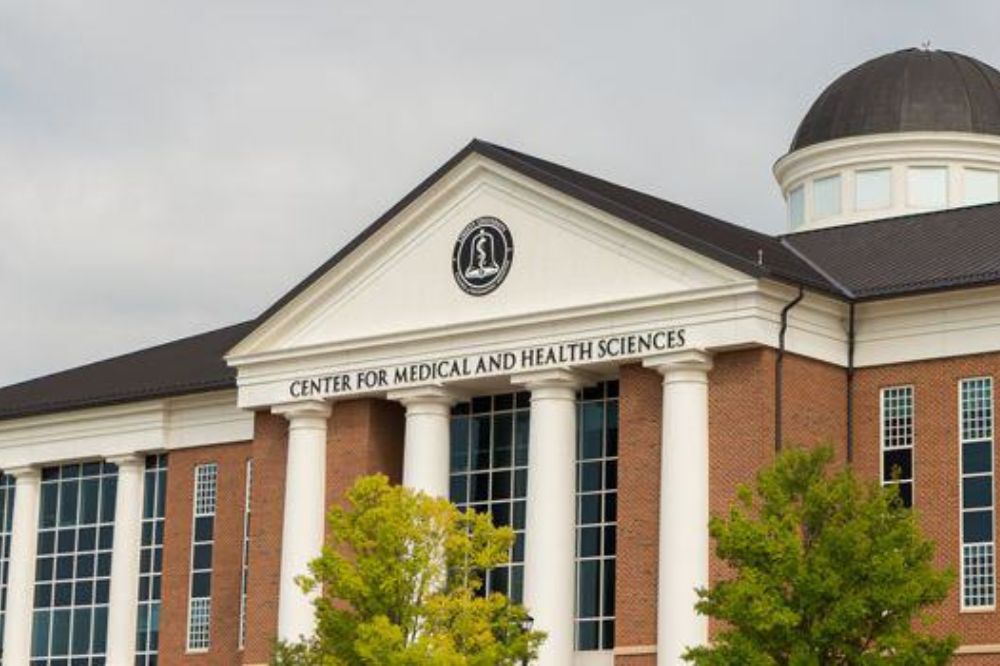
Average MCAT Score: 505.5
Average GPA of Incoming Med Students: 3.58
MedSchoolCoach Competitiveness Rating: 6/100
Tuition: $49,440
Location: Lynchburg, Virginia
Student Enrollment (2023): 635
Liberty University College of Osteopathic Medicine (LUCOM) educates osteopathic physicians from a religious, Christian-based perspective. The school also offers its unique LU MED 3+1 program, which offers driven students the chance to earn a bachelor’s degree in Biomedical Sciences from Liberty University, start medical school a year early, and have the MCAT requirement waived.
Read Next: A Guide to Medical Schools That Don’t Require the MCAT [2024]
#9 — Alabama College of Osteopathic Medicine
ACOM implements a pre-clinical curriculum through a hybrid, discipline- and system-based model. Community and team-based clinical training is heavily incorporated in years three and four.
According to the AACOM, the average annual scholarship/grant amount per student is $31,922, meaning each student has roughly half of the tuition covered.
#10 — Lake Erie College of Osteopathic Medicine

Average MCAT Score: 504.6
Average GPA of Incoming Med Students: 3.62
MedSchoolCoach Competitiveness Rating: 7/100
Tuition: $38,685
Location: Erie, Pennsylvania
Student Enrollment (2023): 2,719
LECOM Erie is LECOM’s original and main campus. The university offers an accelerated three-year Primary Care Scholars Pathway (PCSP), as well as an Accelerated Physician Assistant Pathway (APAP), which allows Certified Physician Assistants (PA-C) to earn a DO degree in just three years.
#11 — Ponce Health Sciences University School of Medicine
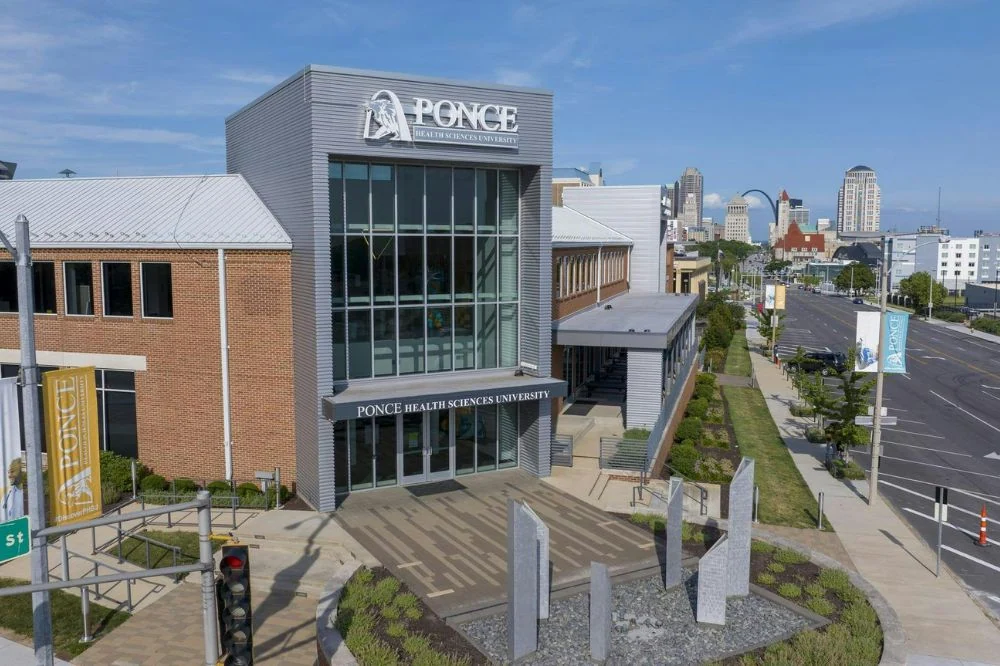
Average MCAT Score: 499
Average GPA of Incoming Med Students: 3.7
MedSchoolCoach Competitiveness Rating: 7/100
Tuition: $47,154 per year
Location: Ponce, Puerto Rico
Student Enrollment (2023): 684
Ponce Health Sciences University School of Medicine is unique, as it is their mission to specifically educate bilingual, ethical professionals to provide “culturally competent health care.” While the university’s main campus is located in Puerto Rico, it also has a campus located in St. Louis, Missouri, where students can complete the four-year MD program.

Average MCAT Score: 502.4
Average GPA of Incoming Med Students: 3.58
MedSchoolCoach Competitiveness Rating: 8/100
Tuition: $66,660
Location: Biddeford, Maine
Student Enrollment (2023): 709
UNE COM, Maine’s only medical school and New England’s sole osteopathic medical program, prides itself on its innovative curriculum and having one of the few Longitudinal Integrated Clerkship (LIC) programs in the U.S.
The university also offers an online post bacc pre-med program, known as the Post-Baccalaureate Pre-Health Certificate Program. It has a customizable curriculum and can help non-traditional students get the credits they need faster and at a more affordable cost.
#13 — Pacific Northwest University of Health Sciences College of Osteopathic Medicine

Average MCAT Score: 502.9
Average GPA of Incoming Med Students: 3.54
MedSchoolCoach Competitiveness Rating: 9/100
Tuition: $65,632
Location: Yakima, Washington
Student Enrollment (2023): 555
PNWU-COM delivers its curriculum in small class sizes to help encourage more student involvement and learning opportunities.
The college also has a unique Master of Arts in Medical Sciences (MAMS) program. The MAMS is a one-year program designed to broaden students’ knowledge of healthcare and enhance their credentials for professional program admissions or career advancement. It’s a great opportunity for prospective physicians to enhance their applications for medical school.
#14 — Burrell College of Osteopathic Medicine
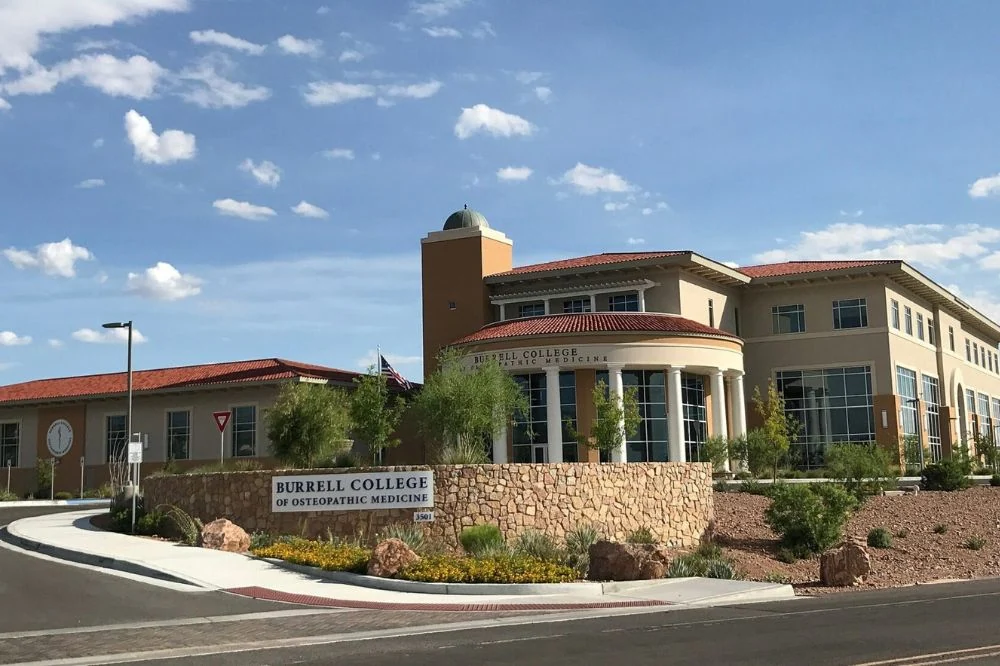
Average MCAT Score: 501.1
Average GPA of Incoming Med Students: 3.46
MedSchoolCoach Competitiveness Rating: 10/100
Tuition: $66,249
Location: Las Cruces, New Mexico
Student Enrollment (2023): 687
Burrell College of Osteopathic Medicine is committed to increasing diversity in the physician workforce and was recognized as a 2022 top college for diversity. Burrell uses a holistic, rolling admissions process to assess both the academic and non-academic qualities of applicants.
#15 — Edward Via College of Osteopathic Medicine

Average MCAT Score: 503
Average GPA of Incoming Med Students: 3.6
MedSchoolCoach Competitiveness Rating: 10/100
Tuition: $51,800
Location: Blacksburg, Virginia
Student Enrollment (2023): 724
VCOM has four different campuses centered on one goal: to address physician shortages and improve health outcomes in the southern Appalachian, Delta, and southeastern U.S. regions.
VCOM uses a block-style curriculum with a focus on whole-patient osteopathic philosophy. Partnerships with universities and hospital systems provide students access to cutting-edge facilities, biomedical research opportunities, and diverse clinical settings.
#16 — Marian University College of Osteopathic Medicine
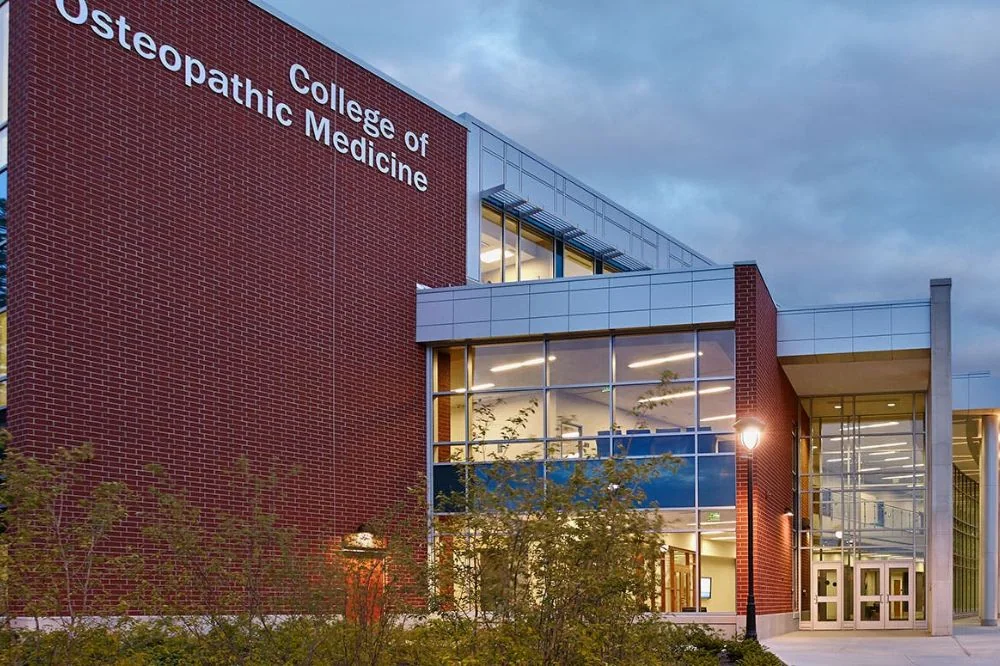
Average MCAT Score: 503.5
Average GPA of Incoming Med Students: 3.69
MedSchoolCoach Competitiveness Rating: 12/100
Tuition: $59,850
Location: Indianapolis, Indiana
Student Enrollment (2023): 626
MU-WCOM uses a holistic admissions process, seeking students whose interests and qualities align with its mission and vision. Their DO program emphasizes education based on improving the health of mind, body, and spirit.
#17 — Mercer University School of Medicine
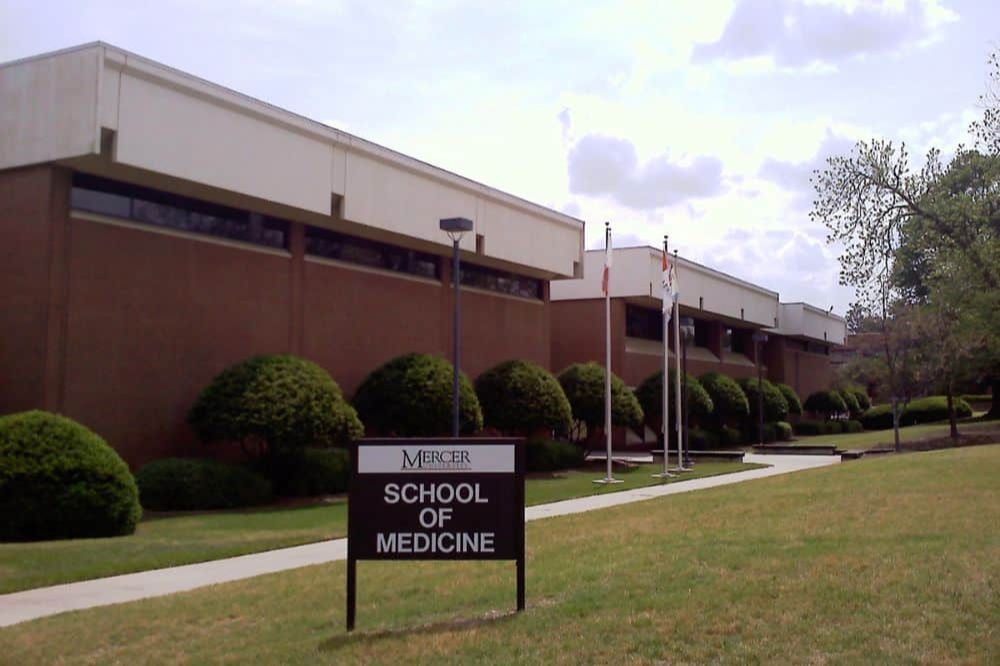
Average MCAT Score: 505
Average GPA of Incoming Med Students: 3.77
MedSchoolCoach Competitiveness Rating: 14/100
Tuition: $43,856 per year
Location: Macon, Georgia
Student Enrollment (2024): 597
Mercer prides itself on training medical professionals to meet the primary care and healthcare needs of rural and underserved communities in the state of Georgia. The school emphasizes accepting in-state students from disadvantaged and diverse backgrounds.
Additionally, its open-ended curriculum encourages maturity and confidence — a rarity in a lot of traditional medical education programs — by requiring students to apply basic scientific knowledge to explain clinical findings.
#18 — Howard University College of Medicine

Average MCAT Score: 506
Average GPA of Incoming Med Students: 3.67
MedSchoolCoach Competitiveness Rating: 16/100
Tuition: $57,632 per year
Location: Washington, DC
Student Enrollment (2023): 514
Howard University College of Medicine (HUCM) strongly emphasizes training physicians who primarily aim to provide healthcare to underserved communities. It’s also an excellent choice for non-traditional students, as it has a diverse student body, international students are accepted on a limited basis, and there is an implemented holistic review of applications.
#19 — Morehouse School of Medicine
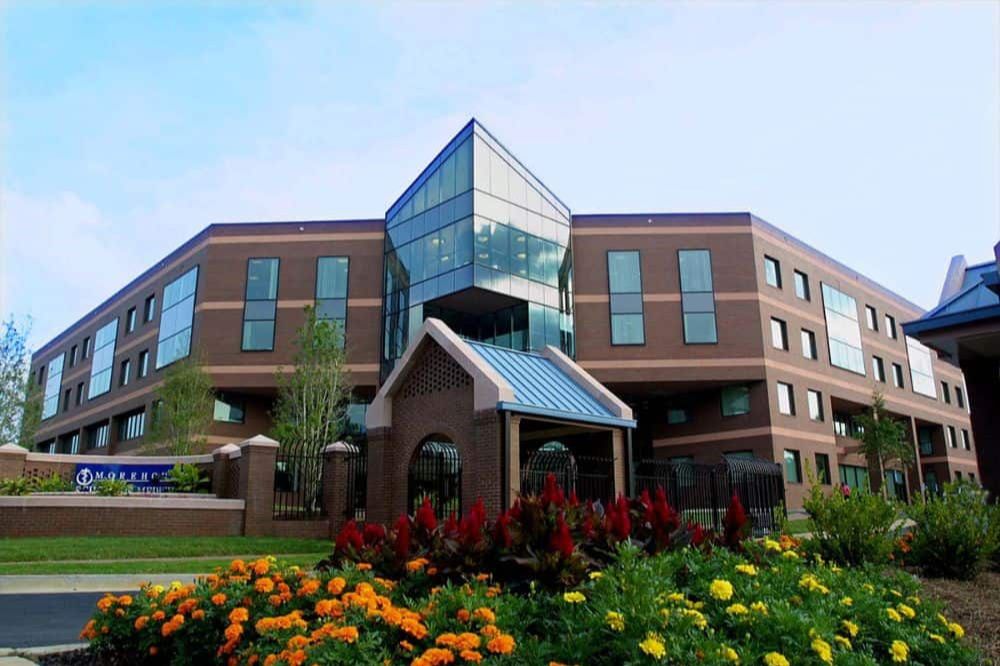
Average MCAT Score: 507
Average GPA of Incoming Med Students: 3.72
MedSchoolCoach Competitiveness Rating: 16/100
Tuition: $47,716 per year
Location: Atlanta, Georgia
Student Enrollment (2023): 502
Morehouse, one of the 4 HBCUs in the U.S., received recognition and an award for its outstanding social mission regarding leadership in medical education. This medical college of Georgia focuses on enrolling students who are compassionate and can contribute to diversity in their student body.
#20 — Michigan State University College of Human Medicine
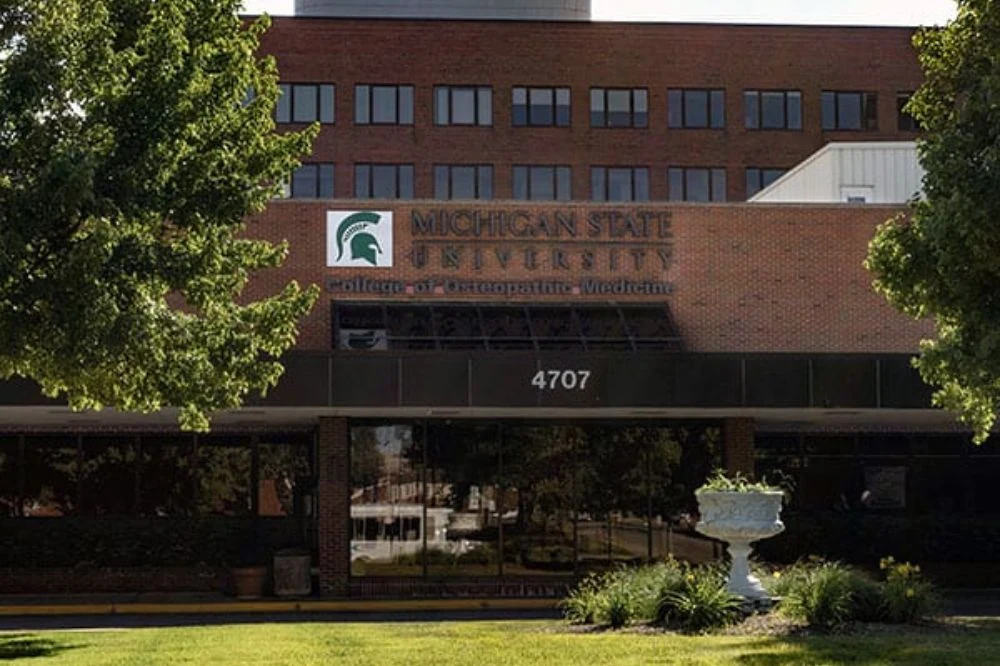
Average MCAT Score: 509
Average GPA of Incoming Med Students: 3.8
MedSchoolCoach Competitiveness Rating: 16/100
Tuition: $31,676 per year
Location: East Lansing, Michigan
Student Enrollment (2023): 818
Michigan State University College of Human Medicine has some incredible aspects regarding its med school programming. One is its Advanced Baccalaureate Learning Experience (ABLE), a year-long academic program offered every application cycle to disadvantaged students who have applied for admission.
Students who complete the minimum requirements of the ABLE Program are then offered regular admission to the entering College of Human Medicine class the following year.
Read Next: The 32-Hour Rule: Myth or Fact? Plus, Med Schools that Use It
#21 — Kansas City University College of Osteopathic Medicine
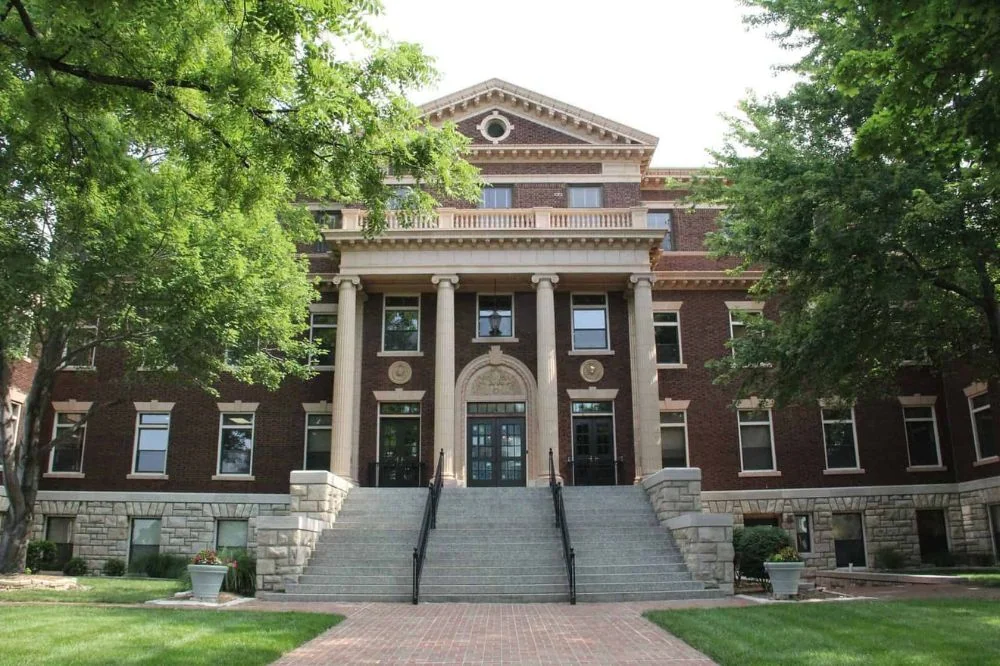
Average MCAT Score: 504.8
Average GPA of Incoming Med Students: 3.66
MedSchoolCoach Competitiveness Rating: 17/100
Tuition: $55,854
Location: Kansas City, Missouri
Student Enrollment (2023): 1,756
Kansas City University College of Osteopathic Medicine offers three dual degree programs, including a DO/MA in Bioethics, a DO/MBA in Health Care Leadership, and a DO/MPH (Master of Public Health).
KCU-COM also accepts a select number of international students each year.
#22 — Washington State University Elson S. Floyd College of Medicine

Average MCAT Score: 509
Average GPA of Incoming Med Students: 3.77
MedSchoolCoach Competitiveness Rating: 18/100
Tuition: $42,005 per year
Location: Spokane, Washington
Student Enrollment (2023): 334
Elson S. Floyd College of Medicine uses a holistic review approach to its admissions application process. It seeks Washington state students who serve “rural, underserved, historically marginalized, and/or vulnerable communities.” It also values matriculants who can think critically and creatively when faced with various challenges, such as limited resources.
#23 — Louisiana State University School of Medicine in Shreveport
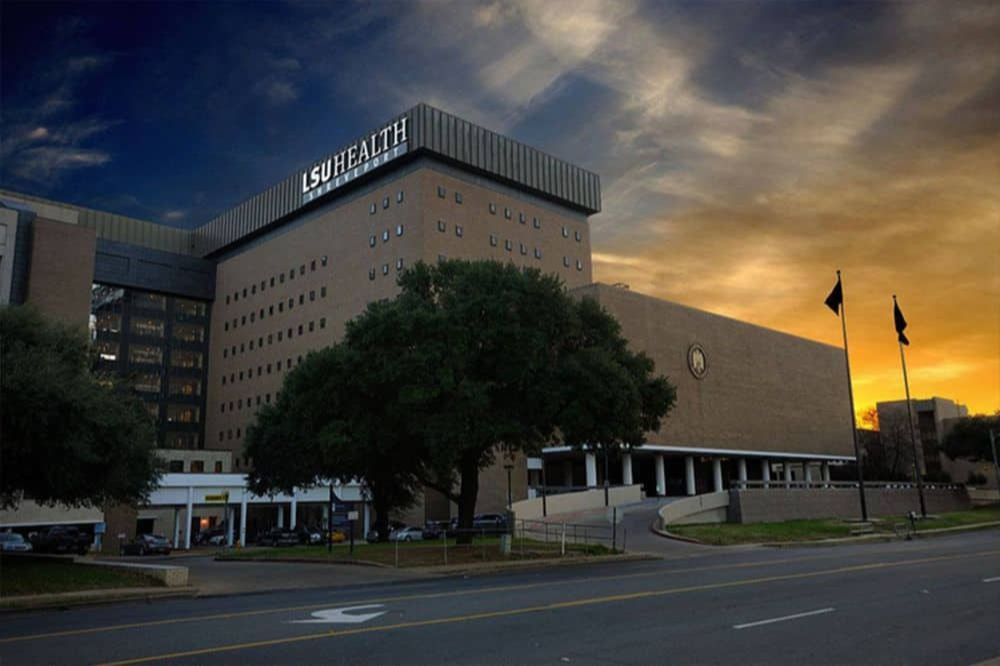
Average MCAT Score: 507
Average GPA of Incoming Med Students: 3.85
MedSchoolCoach Competitiveness Rating: 19/100
Tuition: $31,336 per year
Location: Shreveport, Louisiana
Student Enrollment (2023): 612
LSU School of Medicine in Shreveport is open to nontraditional student applicants and values diverse life experiences in its admissions process. While there isn’t $0 tuition, various scholarships are available to help students financially. Plus, North Louisiana’s cost of living remains one of the lowest in the state, making this LSU campus a prime option.
#24 — Brody School of Medicine at East Carolina University
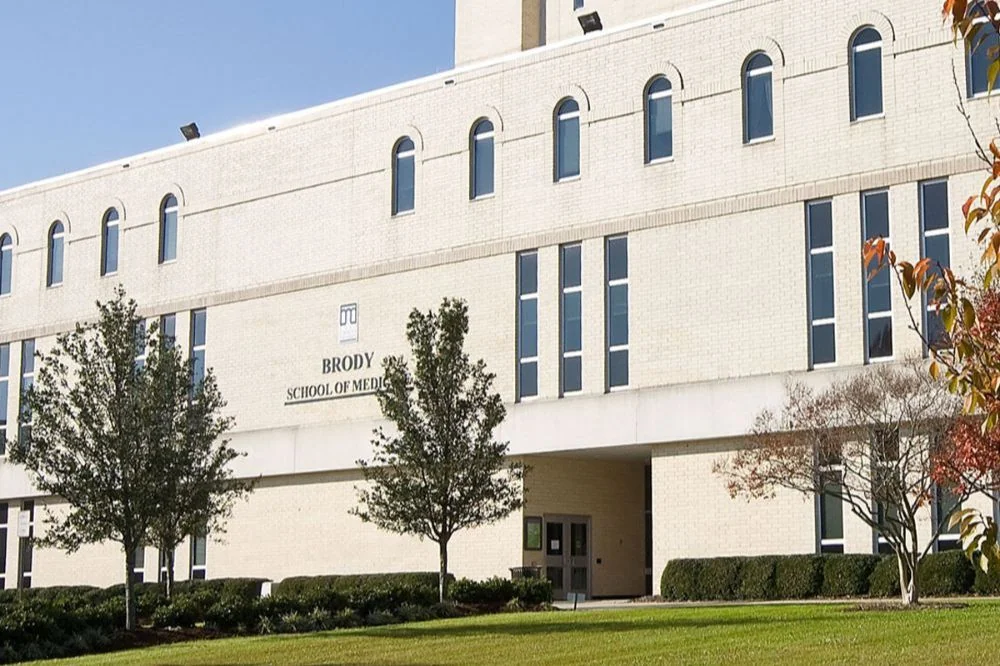
Average MCAT Score: 507
Average GPA of Incoming Med Students: 3.73
MedSchoolCoach Competitiveness Rating: 19/100
Tuition: $25,295 per year
Location: Greenville, North Carolina
Student Enrollment (2023): 353
Brody ranks in the top 10% of U.S. medical schools for graduating physicians who practice in primary care, in underserved communities, and in the state of North Carolina.
The school offers a large number of scholarships to help with tuition, one of which is the Brody Scholars Scholarship. This is a full-tuition scholarship for an incoming student to the Brody School of Medicine that covers all four years and offers access to the Brody Scholar program. 12 applicants are selected to interview for it each year.
#25 — University of Mississippi School of Medicine
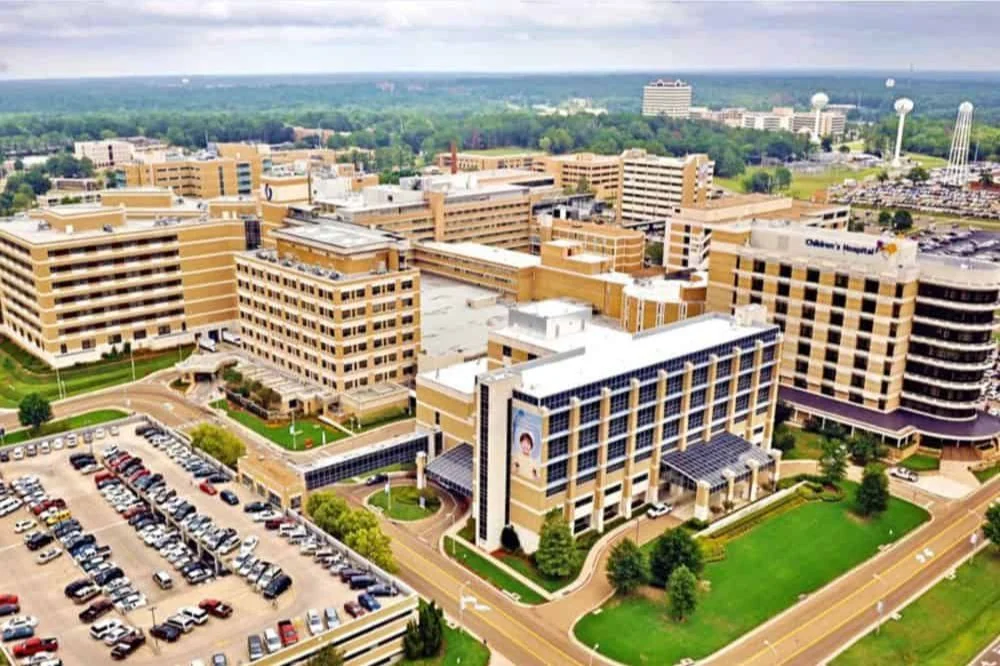
Average MCAT Score: 506
Average GPA of Incoming Med Students: 3.87
MedSchoolCoach Competitiveness Rating: 20/100
Tuition: $36,823 per year
Location: Jackson, Mississippi
Student Enrollment (2023): 675
The University of Mississippi School of Medicine offers a traditional MD program and an MD-PhD program. The school is also known for its tuition structure to help in-state medical students. About 90% of first-year students receive some form of financial aid assistance.
#26 — University of Texas Rio Grande Valley School of Medicine
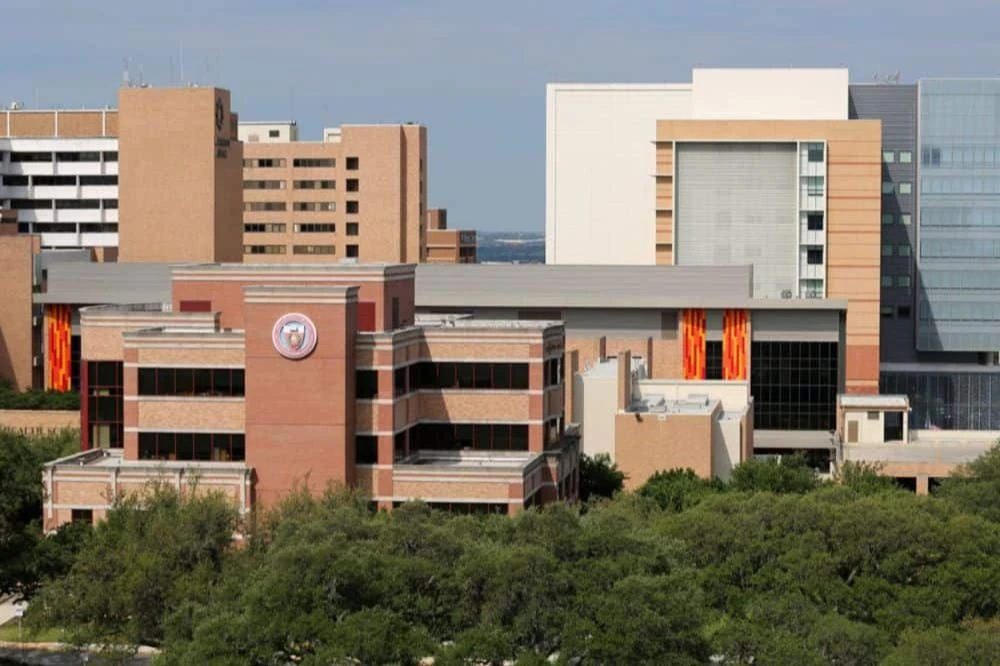
Average MCAT Score: 507
Average GPA of Incoming Med Students: 3.79
MedSchoolCoach Competitiveness Rating: 20/100
Tuition: $20,611 per year
Location: Edinburg, Texas
Student Enrollment (2023): 225
The University of Texas Rio Grande Valley School of Medicine aims to innovate healthcare in the Rio Grande Valley area and beyond. The school offers the Joint Admission Medical Program (JAMP), a unique Texan workforce pipeline-to-medicine program established in 2001.
The program helps highly qualified but socio-economically disadvantaged Texas residents overcome barriers by providing the financial assistance and mentorship needed for success.
#27 — Wright State University Boonshoft School of Medicine

Average MCAT Score: 509
Average GPA of Incoming Med Students: 3.82
MedSchoolCoach Competitiveness Rating: 22/100
Tuition: $43,984 per year
Location: Dayton, Ohio
Student Enrollment (2023): 529
WSU Boonshoft School of Medicine includes an Advance Doctoring aspect in its unique curriculum, allowing adequate time for students to clarify their specialty of choice. It also provides advanced clinical experiences to help prepare you for the rigors of residency.
The school runs several outreach and pipeline programs that aim to increase diversity in medicine and recruit students from underrepresented groups.
#28 — Southern Illinois University School of Medicine
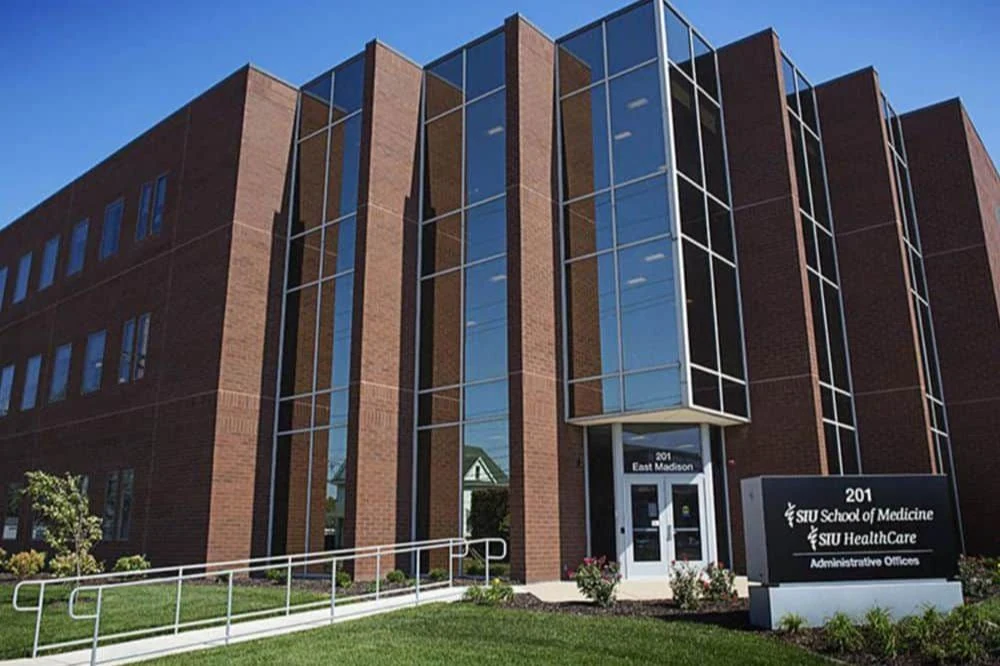
Average MCAT Score: 507
Average GPA of Incoming Med Students: 3.86
MedSchoolCoach Competitiveness Rating: 23/100
Tuition: $39,441 per year
Location: Springfield, Illinois
Student Enrollment (2023): 327
Southern Illinois University School of Medicine has long been recognized as a trailblazer in medical education. It offers an incredible Scholars Program, Resident Readiness Electives, and in-depth clinical training and is one of only 15 medical schools in the U.S. with a Population Health/Population Science Department.
#29 — University of California, Riverside School of Medicine
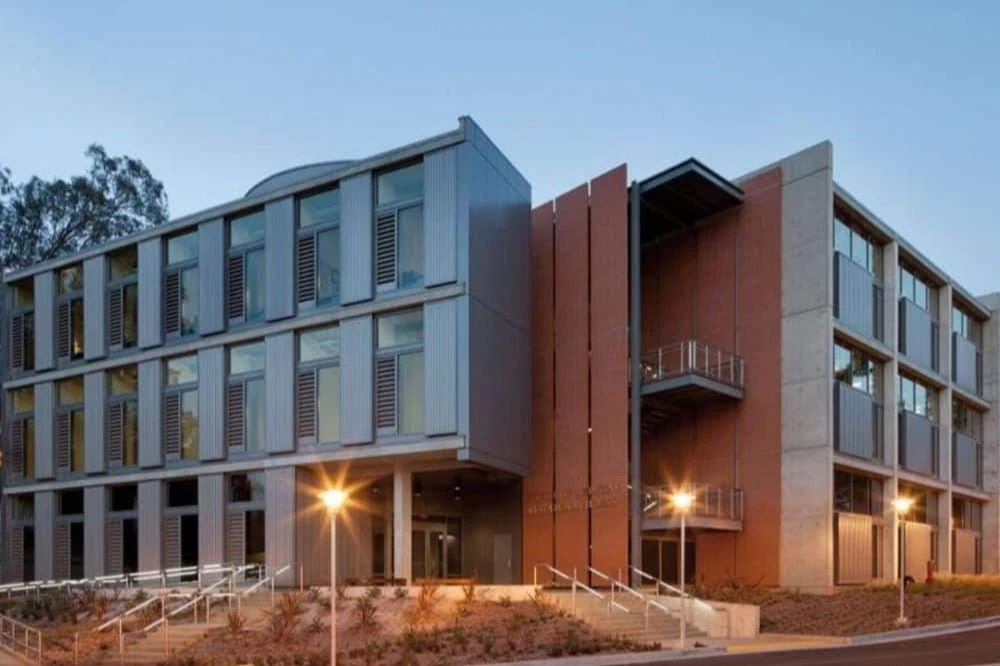
Average MCAT Score: 510
Average GPA of Incoming Med Students: 3.75
MedSchoolCoach Competitiveness Rating: 24/100
Tuition: $40,350 per year
Location: Riverside, California
Student Enrollment (2023): 362
UC Riverside offers an Early Assurance Program (EAP) and Program in Medical Education (PRIME) in addition to their traditional MD Program. The university values non-traditional students, including those who have taken a non-linear path to medical school.
#30 — University of North Dakota School of Medicine and Health Sciences
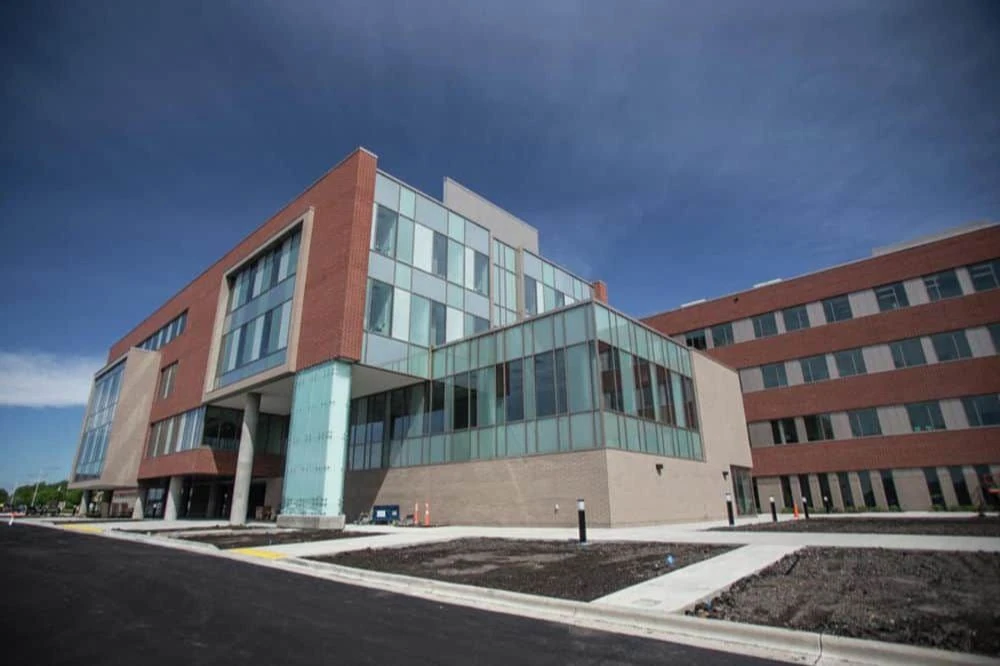
Average MCAT Score: 509
Average GPA of Incoming Med Students: 3.86
MedSchoolCoach Competitiveness Rating: 26/100
Tuition: $36,074 per year
Location: Grand Forks, North Dakota
Student Enrollment (2023): 282
The University of North Dakota School of Medicine and Health Sciences uses a holistic admissions process for all med school applicants. The public medical school has an above-average acceptance rate and is the only medical school in North Dakota.
Its INMED Program is ranked as number one in the U.S. for graduating American Indian/Alaska Native (AI/AN) physicians.
Caribbean Medical Schools: An Alternative Pathway
If you’re concerned about getting into medical school in the U.S., consider accredited Caribbean medical schools. These programs often accept students with lower-than-average GPA and MCAT scores.
Some of the most well-respected include St. George’s University (SGU), Ross University School of Medicine, American University of the Caribbean (AUC), Saba University School of Medicine, and The Medical University of the Americas. It’s important to know where you’re applying, as many medical programs in the Caribbean offer MBBS degrees (rather than MD or DO) and you’ll have to apply for residency as an international medical graduate (IMG), which includes a few extra hoops.
I reviewed each of these (and one more) and answered the most common questions about applying to medical school in the Caribbean in my comprehensive guide to Carribean medical schools.
FAQ
To separate your safety medical schools from your perfect fit schools, you should focus on the level of alignment with your personal qualifications and goals. A safety school is one where your GPA and MCAT score far exceed the averages of matriculants traditionally accepted to that institution.
While the school may meet your basic criteria, ot may not be your top choice. It’s recommended that you have and apply to only two of these schools so your focus can be on your perfect fits.
Perfect fit schools are your top choices, where everything aligns. Your career goals, values, and qualifications strongly line up with the culture, mission, values, and opportunities of a school – even if it is known to be much more competitive regarding admissions.
By separating and ranking schools within these two categories, you can prioritize and optimize your application strategy.
Osteopathic (DO) schools generally do tend to accept applicants with lower GPA and MCAT scores than allopathic (MD) schools. That being said, the competition can still be fierce due to the limited number of accredited DO programs in the United States.
William Carey University College of Osteopathic Medicine, Lincoln Memorial University Debusk College of Osteopathic Medicine, and Alabama College of Osteopathic Medicine are among some of the easiest osteopathic schools to get into.
The AAMC clarifies the basic prerequisites most medical schools have, but there may be different ones for your pre-med undergrad. In general, college courses that are mandatory for admissions include:
- Biochemistry
- Biology
- Chemistry
- Physics
- Math
- English
It’s somewhat difficult for international students to get accepted into a U.S. medical school. This is primarily because many medical schools in the nation don’t accept international students.
However, don’t give up hope if you are an international student! Several medical schools accept international students, including Stanford University School of Medicine, University of Colorado School of Medicine, Howard University College of Medicine, and more.
You just may have to do a little more research than U.S. pre-meds to find the school that’s right for you and your specific circumstances.
Stop Looking for Safety Schools and Start Standing Out
When it comes to applying to medical school, it’s time to move beyond looking for safety schools — start positioning yourself as a standout candidate. Choosing where to apply is not just about your chances of admission; it’s about finding the right fit for you and your future in medicine.
By showcasing your strengths on your application and in your personal statement, you’ll improve your chances of getting noticed by admissions committees and landing an interview.
Not sure where to start? No worries! We here at MedSchoolCoach have compiled a list of some of our best articles and application resources to help you know how to improve your application:
- Medical School Application Process 2024: How to Prepare
- How to Make Your Med School Application Stand Out
- Maximizing Your Med School Application: Advanced Strategies (Webinar)
- 2024/25 AACOMAS Application Guide (With Screenshots)
- How to Write Secondary Essays for Medical School
- Reapplying to Medical School: 7 Steps to Get an Acceptance
- Applying to Med School as a Non-Traditional Applicant
At MedSchoolCoach, we’re here to help you throughout your medical school journey, whether you need to strengthen your application or raise your MCAT score. Let’s work together to increase your chances of acceptance and ensure you’re applying to schools that align with your goals and ambitions.

Sahil Mehta MD
Dr. Mehta is the founder of MedSchoolCoach and has guided thousands of successful medical school applicants. He is also a practicing physician in Boston where he specializes in vascular and interventional radiology.



